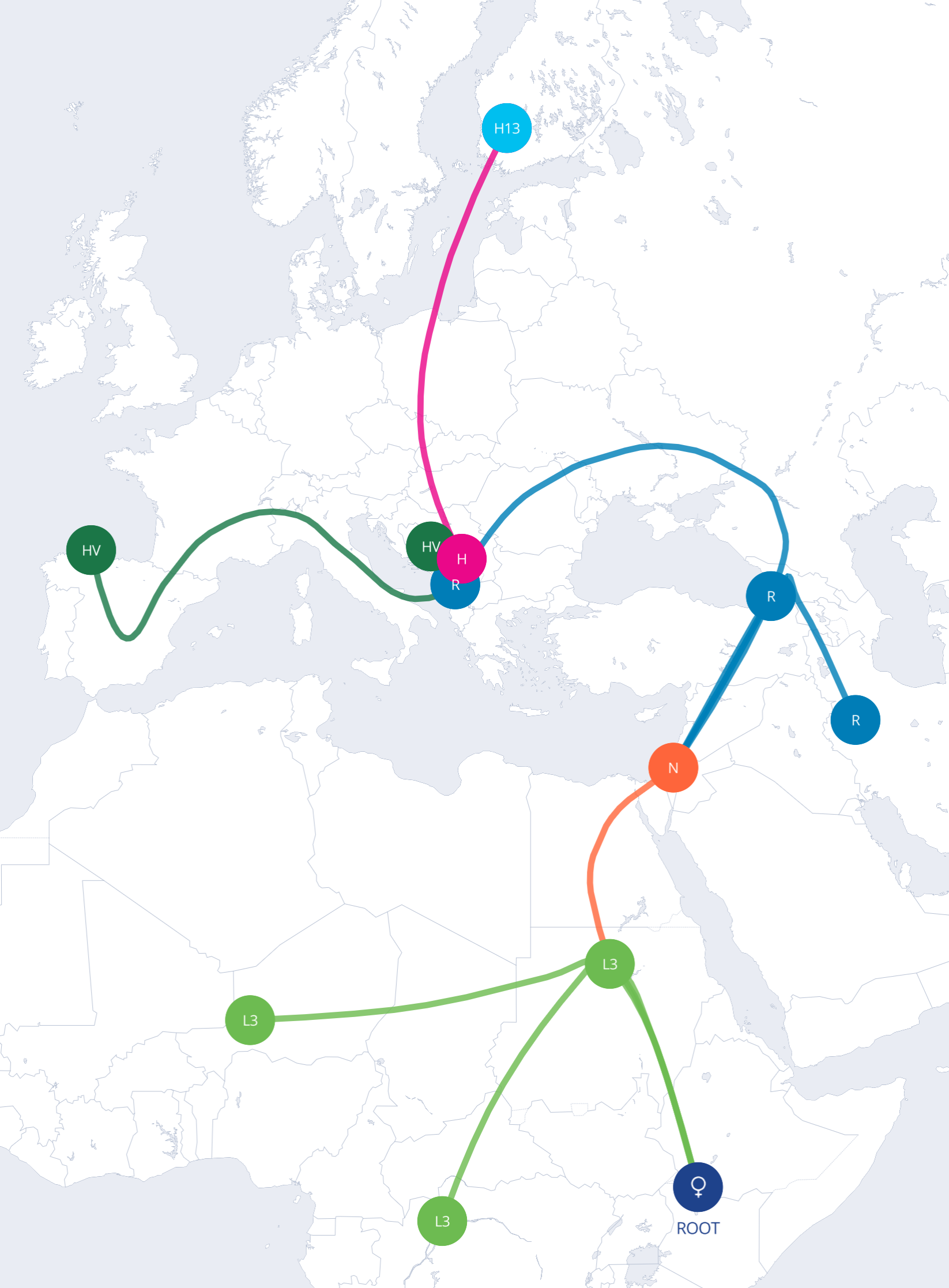
In This Article
In This Article
Seeing two tiny heartbeats on an ultrasound can feel magical—and a little overwhelming.
Soon family and friends ask, “Are they identical?” or “Will they look the same?” You may wonder, too, because the answer can shape medical care, school choices, and even how the twins see themselves.
This guide walks you through the simple DNA test that settles the question and explains what the results mean for your children and your peace of mind.

Source: 123rf
Every twin story begins at conception.
If one fertilized egg splits in two, the babies share nearly the same genetic code and are called identical (monozygotic).
If two separate eggs meet two sperm, the babies share only about half their DNA—just like any other siblings—and are called fraternal (dizygotic).
An egg that splits very early usually gives each identical twin its own placenta, lowering pregnancy risks.
A later split can leave both babies sharing one placenta, which needs closer monitoring.
Fraternal twins always develop separate placentas because they begin as two eggs.
Know Your DNA Reviews

Don't miss out on the opportunity to learn more about yourself. Read our best DNA test page to find the best one for you.
Twins often look alike, and ultrasounds can be confusing.
A twin-zygosity DNA test offers a clear, science-based answer with ≥ 99 percent certainty.
Understanding how twins start helps explain why their traits line up—or don’t—later on.
Identical twins act as nature’s “copy-and-paste,” while fraternal twins resemble ordinary brothers or sisters who happened to share a womb.
Matching DNA does not guarantee matching lives.
Different womb positions, illnesses, friends, and hobbies all leave their marks.
Fraternal twins, with only about half their genes in common, naturally show even wider differences.
| Quick Comparison | Identical | Fraternal |
| Eggs fertilized | One | Two |
| DNA shared | Nearly 100 % | About 50 % |
| Always same sex? | Yes | No |
| Placenta pattern | One or two | Two |
A lab report does more than label your twins—it offers insights that guide health care, ancestry fun, and even legal questions.
You collect painless cheek-swab samples at home (or a hospital blood draw if timing is urgent) and usually get plain-language results in three to five business days.
Yes—modern panels can highlight small overlaps that fraternal twins share by chance, yet their reports still look like those of any two siblings.
Learning twin type often brings relief and helps parents answer endless questions.
Still, some twins worry a result could change how others see them.
Keep these points handy for your next pediatrician visit.
Know Your DNA Reviews

Looking for a DNA test that's accurate and can tell you about your health and heritage?
